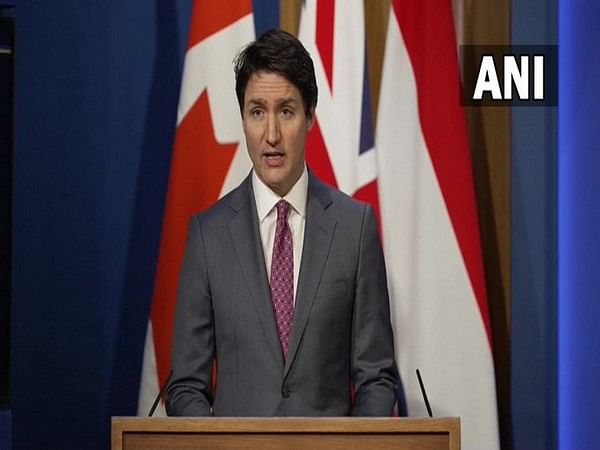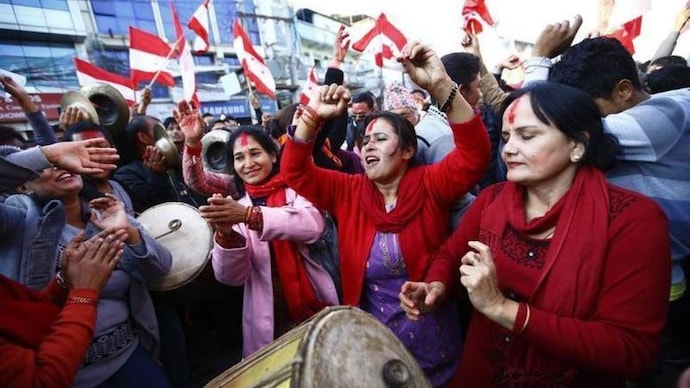Thousands of Australians are struggling with the rising cost of living, and housing is one of the biggest expenses of them all.
Renting became less affordable in every capital city over the past year, the latest Rental Affordability Index (RAI) report, released yesterday, shows.
Outside the cities, renters are also feeling the pressure, with regional areas in every state recording drops in affordability as well.
One expert says the last time it was this hard to rent in Australia was during the Great Depression.
So how bad is the drop in affordability where you live?
The RAI — a score between 50 and 150 — is an indicator of how affordable rentals are, relative to household incomes.
So, the lower the number, the less affordable the area is, and vice versa.
Check out how that has changed across your state below.
Jump to your state:
New South Wales
ACT
Victoria
Tasmania
South Australia
Western Australia
Queensland
An RAI was not calculated for the Northern Territory nor Darwin.
New South Wales
Sydney has long been considered an "extremely unaffordable" place to rent and, after improving slightly during the early days of the pandemic, affordability has dropped again.
"The return of international tourism and student demand has meant that rental rates for one-bedroom and two-bedroom dwellings have begun returning to pre-pandemic levels," the report said.
Regional New South Wales has also become significantly less affordable over the past year, which the report partly attributes to people moving away from cities during COVID-19.
"Whether this change will persist remains to be seen," the report said.
The 2022 floods also made the rental market worse in parts of regional New South Wales, with towns such as Lismore and Bellingen hit the hardest.
Australian Capital Territory
Affordability in the nation's capital did not change as much as other cities during the pandemic.
However, over the past year, rents in the territory have increased "rapidly … eroding affordability", the report said.
"While the ACT remains on the border of acceptable affordability, low-income households face particularly unaffordable rents … which are pushed up by the overall high-income-earning workforce," the report said.
On average, rental households in the ACT have a gross income above $120,000, higher than any other state.
For lower-income earners, such as hospitality workers, the report said, inner areas of Canberra were "severely unaffordable".
Victoria
Both regional Victoria and greater Melbourne became less affordable in the past year for renters.
Rental affordability in regional Victoria has reached a "historic low", with the Surf Coast and Geelong regions recording the biggest changes in affordability.
"The trend of declining affordability is consistent across all parts of regional Victoria, albeit at different scales," the report said.
Melbourne became more affordable in 2020 and 2021, but the easing of travel restrictions — both local and international — meant demand for rental accommodation increased again, sending rents higher in 2022.
However, the report says, "despite returning to pre-pandemic levels of affordability, Greater Melbourne is the most affordable capital city in Australia".
Tasmania
Hobart has been the least-affordable Australian city since 2019 and, in 2022, it dropped to its most-unaffordable level in RAI's records.
The average rental rate in Hobart has increased 60 per cent since 2016, making the city about 11 per cent more expensive than Melbourne.
However, household incomes in Hobart are relatively low when compared to other cities.
"These rapidly growing rents are likely driven by an inadequate supply of rental housing," the report said.
Regional Tasmania has also reached a "historic low" after a large drop in affordability over the past year.
"Despite rising incomes, affordability has worsened in most parts of regional Tasmania," the report said.
Queensland
Both Brisbane and regional Queensland have reached "historic low points" after becoming dramatically more unaffordable in the past year.
Brisbane recorded the largest decline in affordability of any capital city, with its RAI dropping 11 per cent.
Meanwhile, regional Queensland has become the "least-affordable regional area in the country", the report said.
"The average [regional Queensland] rental household faces rent at 29 per cent of its total income, nearing the threshold of rental stress," the report said.
Regional areas in South East Queensland have been hit hardest, with parts of the Sunshine Coast and Gold Coast now considered "severely unaffordable".
South Australia
Both Adelaide and South Australia's regional areas became less affordable in 2022.
Adelaide's CBD bucked the trend and actually became more affordable, however, the report said, "the opposite was true" of most suburban locations across the city.
Suburbs such as Beaumont, Burnside and Hahndorf are now considered "extremely unaffordable", while other suburban areas have also recorded declines.
While regional South Australia did become less affordable, its decline was less severe than regional parts of New South Wales, Tasmania and Queensland.
"However, for household incomes at or below $50,000, there are no locations that have acceptable affordability in regional South Australia," the report said.
Western Australia
Perth has become "considerably" less affordable over the past two years, particularly in its northern suburbs.
"This reflects a sharp increase in rents since the onset of the COVID-19 pandemic, which incomes, while high, have not offset," the report said.
Despite this, Perth remains the second-most affordable capital city in Australia, behind Melbourne.
Western Australia is the only state where, on average, regional households make more money than those in the capital city, a result largely skewed by the mining industry.
Regional areas declined in affordability during COVID-19, falling again in 2022. Mining towns including Karratha and Kalgoorlie-Boulder were among the worst affected, the report said.






 ISRAELI AUTHORITIES HAVE STEPPED up measures to protect its senior intelligence and security figures, over concerns they may be targeted by agents of the Iranian state, according to news reports. The news comes amidst widespread concerns that the ongoing shadow conflict between Israel and Iran is escalating in the shadow of the Russo-Ukrainian war.
ISRAELI AUTHORITIES HAVE STEPPED up measures to protect its senior intelligence and security figures, over concerns they may be targeted by agents of the Iranian state, according to news reports. The news comes amidst widespread concerns that the ongoing shadow conflict between Israel and Iran is escalating in the shadow of the Russo-Ukrainian war.